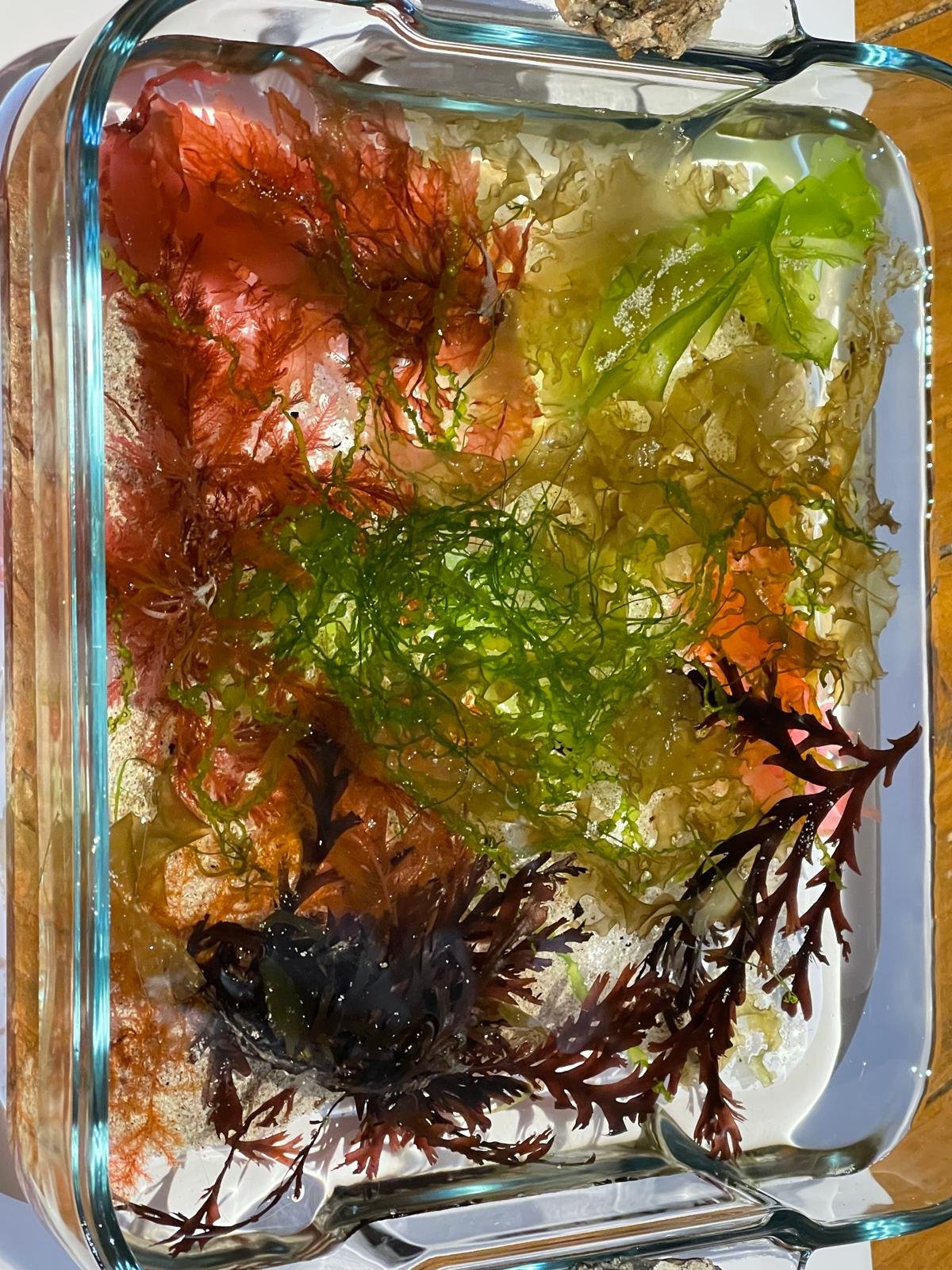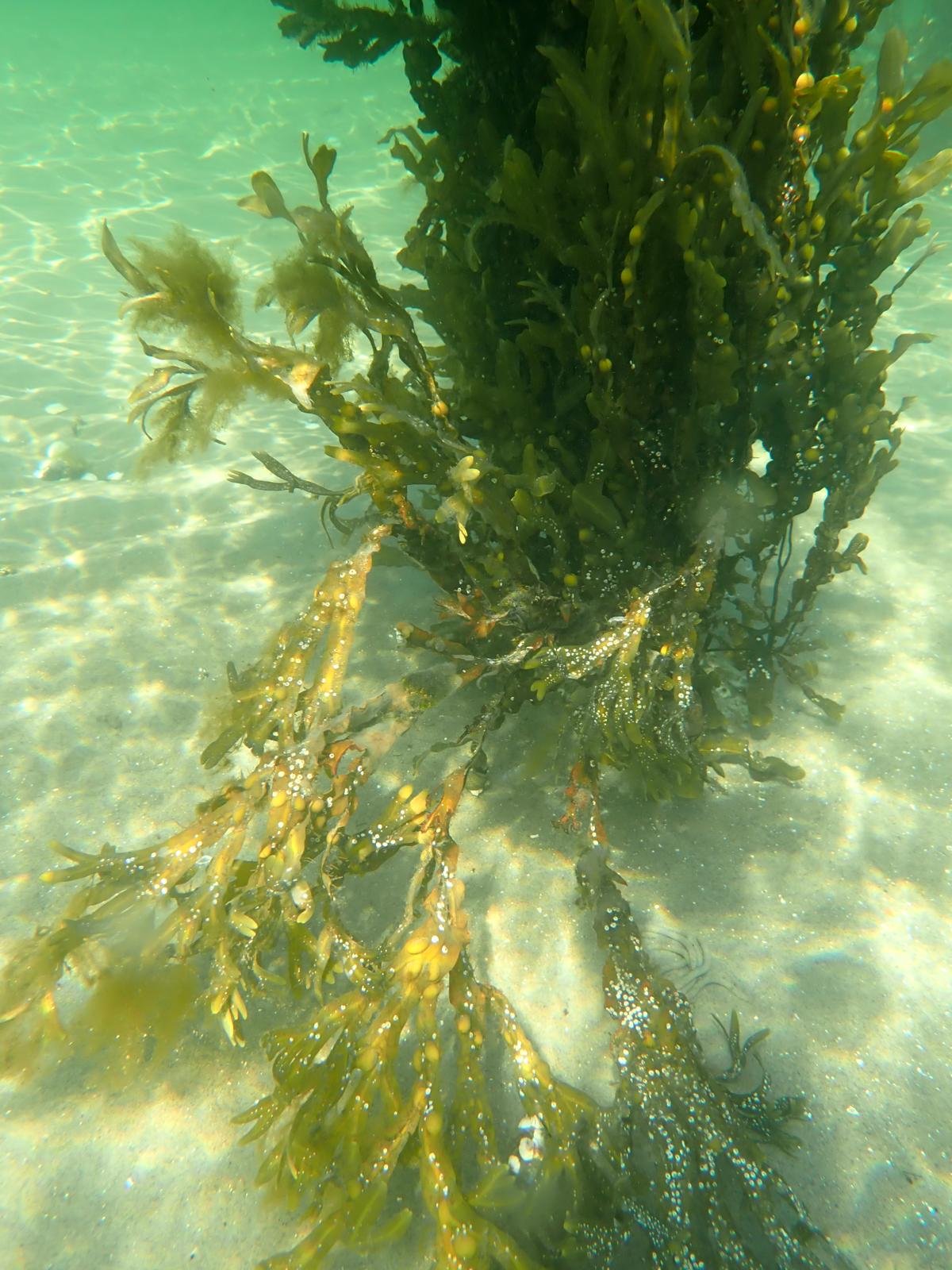
Traditional Seaweed Pressing
Seaweeds are vital to the health of our seas. They provide habitats for marine creatures, act as natural carbon sinks by absorbing carbon dioxide, and help fight climate change.
Seaweeds are also important indicators of environmental health. Changes in their growth and distribution often signal shifts in water quality, temperature, or pollution levels. By recording the seaweeds you find, you help monitor the health of our coastal waters and contribute to protecting these important ecosystems.
How to Participate
Adopt your Bay
Choose a bay, cove, or stretch of coastline that is meaningful to you
Collect Seaweeds
On your visits, gather seaweeds that have washed ashore (please don’t remove live seaweed from rocks). Or if you are snorkelling carefully cut a sample with scissors without harming the mother plant.
Press your Seaweeds
Use our [Seaweed Pressing Guide] to press the seaweeds you collect, preserving them flat and dried.
Identify and Record
Write the name of the species along with the date and location of each pressing.
Share your Data
Although you’ll keep your original pressings, you can share a photo and details of your findings with us through our iNaturalist community Project
The Importance of Seaweed
Courtesy of Alison Hewitt
How to Submit your Data
Join our Adopt a Bay community on iNaturilist (or a similar platform). Upload a photo of your seaweed pressings along with your notes about species and location. By sharing your pressings, you become part of a growing network of citizen scientists working together to protect our coasts.
Why This Matters
Every seaweed pressing tells a story of your bay and the biodiversity it supports. By sharing your records, you contribute valuable data that helps scientists monitor biodiversity, detect environmental changes, and ensure the protection of our coastlines.
Through Adopt a Bay, you help preserve the unique marine life of the Scottish Highlands. This initiative empowers everyday people to take an active role in conservation and make a lasting impact on the future of our coastal ecosystems.

